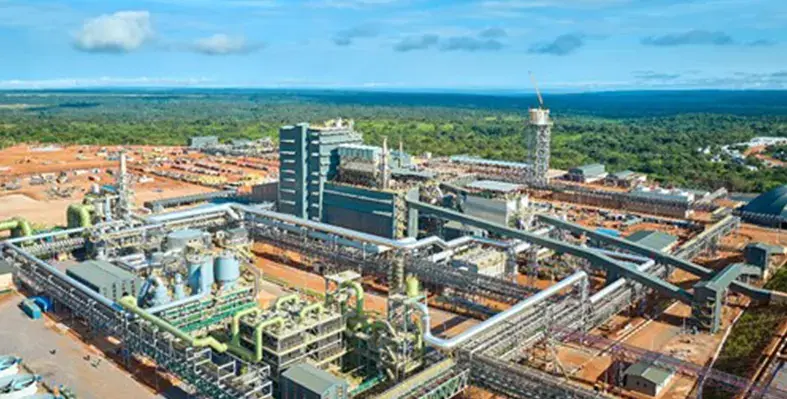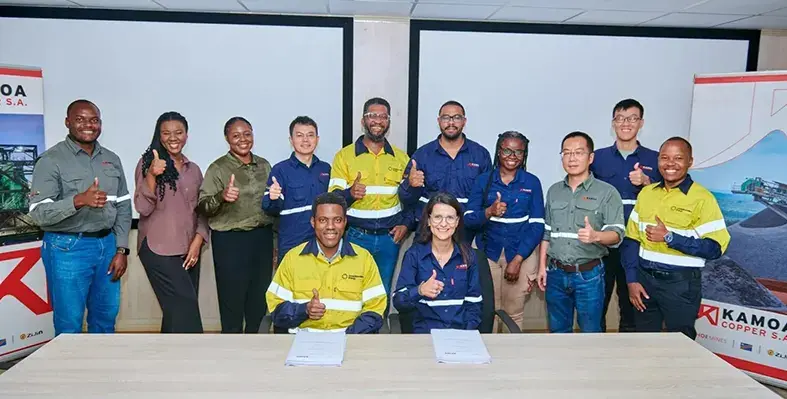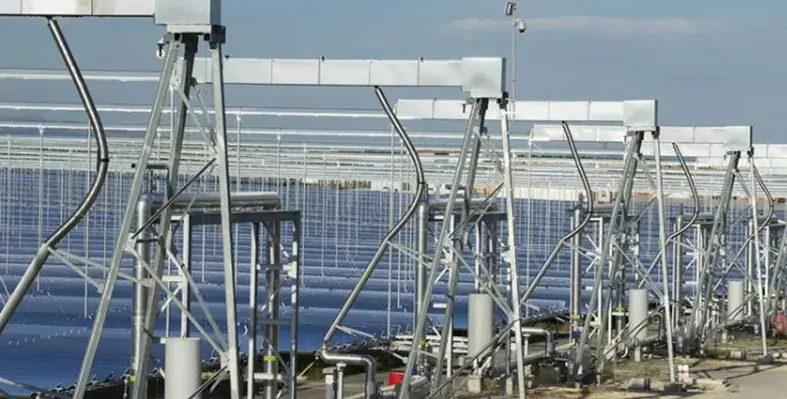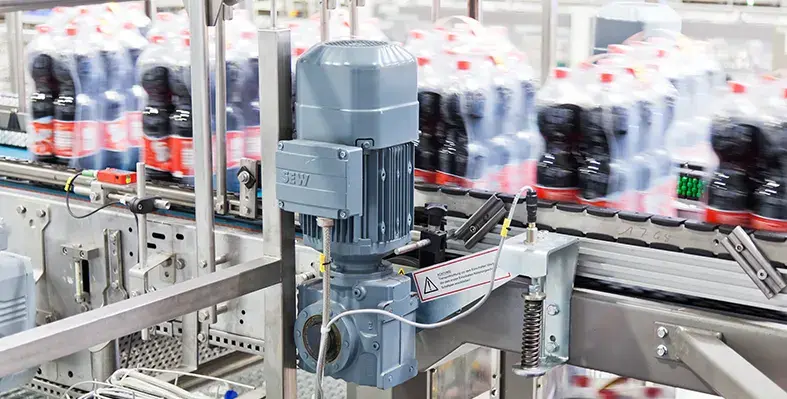Ivanhoe Mines reported that Kamoa-Kakula has entered a new phase of growth, marked by the successful startup of its on-site copper smelter
This milestone was made possible by a recent increase in imported hydroelectric power, which rose by 20MW to 70MW in mid-March and is set to reach 100MW in the coming days—doubling recent supply. With this added power, the project delivered record copper production in the last two weeks of March, exceeding its 2025 annualised guidance. This strong performance was also supported by the Phase 3 concentrator, which achieved record throughput and surpassed its design capacity.
“Despite recent volatility in global markets and with virtually all global equities knocked down by panic … and computerised trading algorithms … Ivanhoe Mines has a very strong balance sheet and generates powerful cash flows … In addition, we are in a privileged position with Kamoa-Kakula as one of the lowest-cost copper producers in our industry… and we expect our operating costs to decline even further as our state-of-the-art direct-to-blister smelter ramps up this year… The production of 99.7% pure copper anodes will significantly reduce our C1 cash costs due to a more than 50% reduction in transportation costs per unit of contained copper and the enjoyment of by-product sulphuric acid sales … a critical commodity in great demand in the Democratic Republic of the Congo’s copper industry,” said Robert Friedland, Ivanhoe Mines’ founder and executive co-chairman.
“We are delighted that Kamoa-Kakula’s growing pains, which led to power challenges, are behind us following our successful efforts to secure additional imported hydroelectricity … with more imported hydroelectric power from the Southern Africa Power Pool on its way very soon. We now have in place a long-term energy security program that future-proofs our energy mix as we continue to grow into the very top ranks of the world’s largest copper production complexes,” added Marna Cloete, president and CEO of Ivanhoe Mines.
“We are therefore sufficiently encouraged to inaugurate the startup of our state-of-the-art Kamoa-Kakula smelter… one of the largest and most technologically sophisticated smelters in the world. With the smelter coming online, we will no longer simply be exporting copper concentrate – we will export the world’s greenest copper anodes for the energy transition. As the world wakes up to a generational copper deficit, we have the assets, the people, and the infrastructure to deliver this responsibly sourced and most critical of all metals to world markets,” Friedland concluded.
Also read: Ivanhoe Mines expands exploration footprint with new Zambian licences




